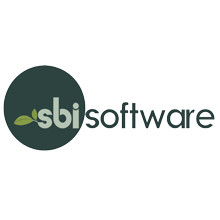Modern nurseries and greenhouses can’t rely on spreadsheets or siloed systems. They need tools that match the complexity of their daily operations. That’s where software for growers makes a real difference.
Unlike traditional farm tools focused on acreage or large-scale fields, grower management software is designed for operations managing dozens—or even hundreds—of different plant varieties at once. It brings together planting schedules, labor tracking, inventory movement, and crop health into one connected system.
With live data, growers can make decisions faster. They can see which crops are underperforming, what’s about to be ready, and how to shift labor or resources to meet deadlines. If a variety is falling behind, the system flags it. If demand spikes, growers can adjust before it’s too late.
Software for growers helps reduce waste, fulfill orders on time, and keep teams aligned. For growers managing high-volume production with tight turnaround, it’s more than helpful—it’s critical.



